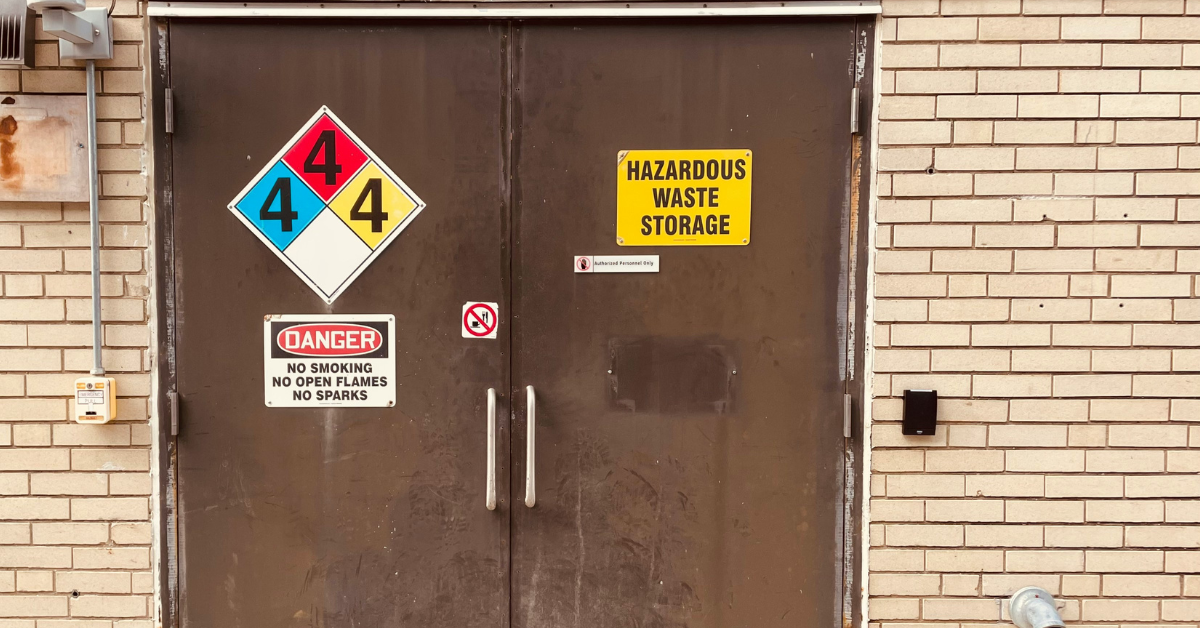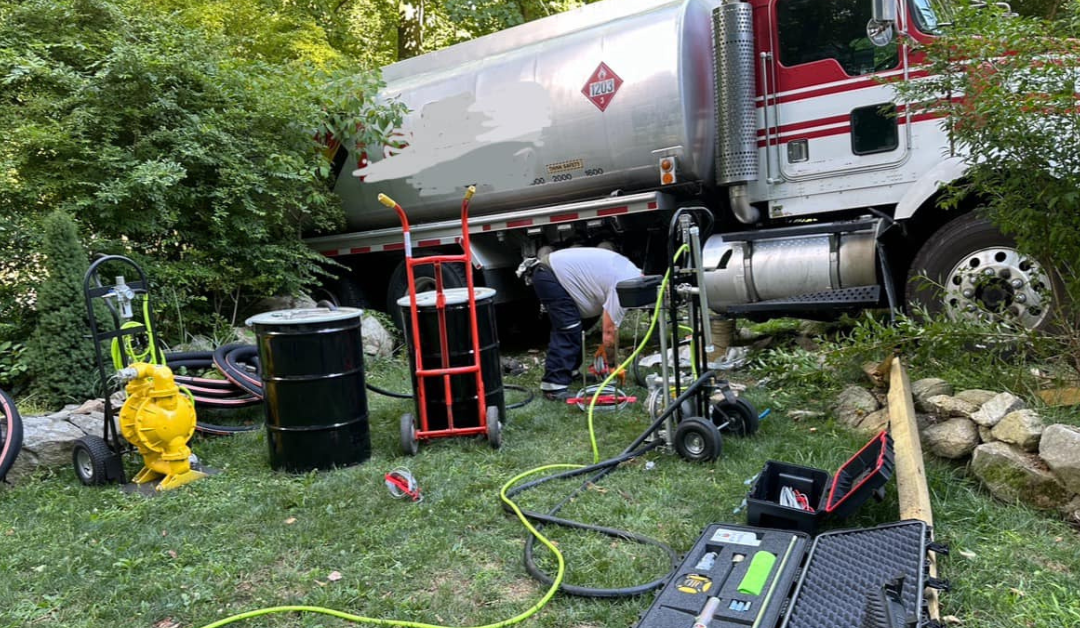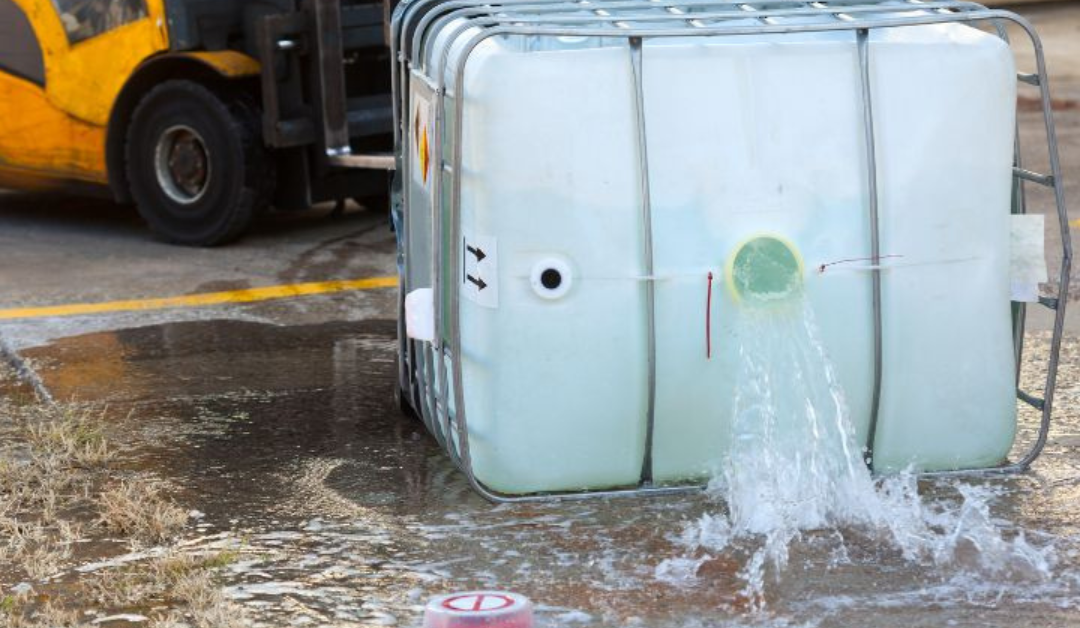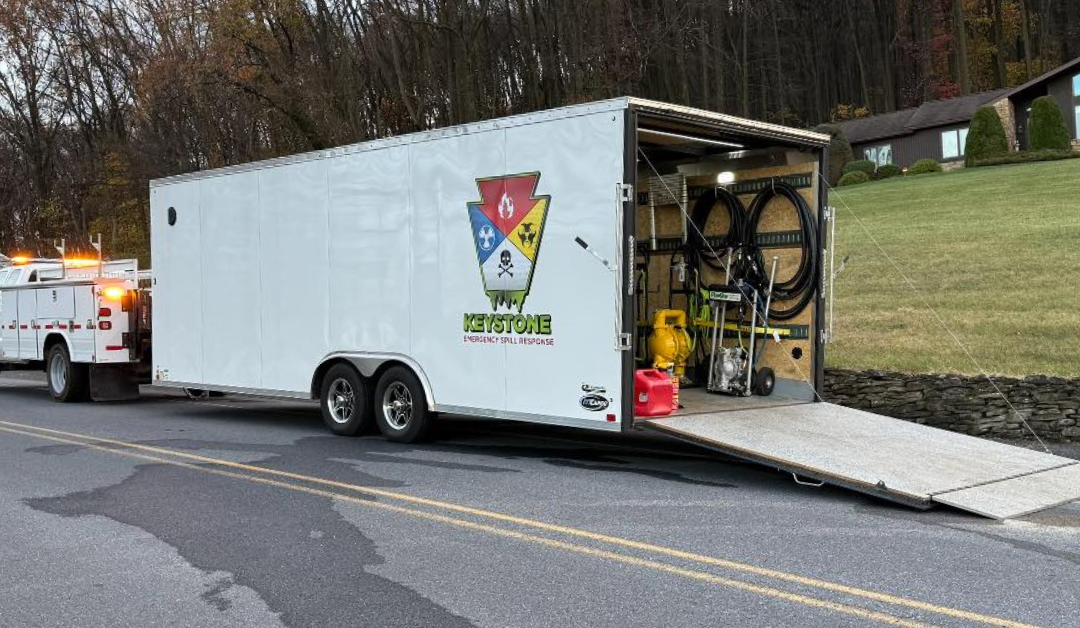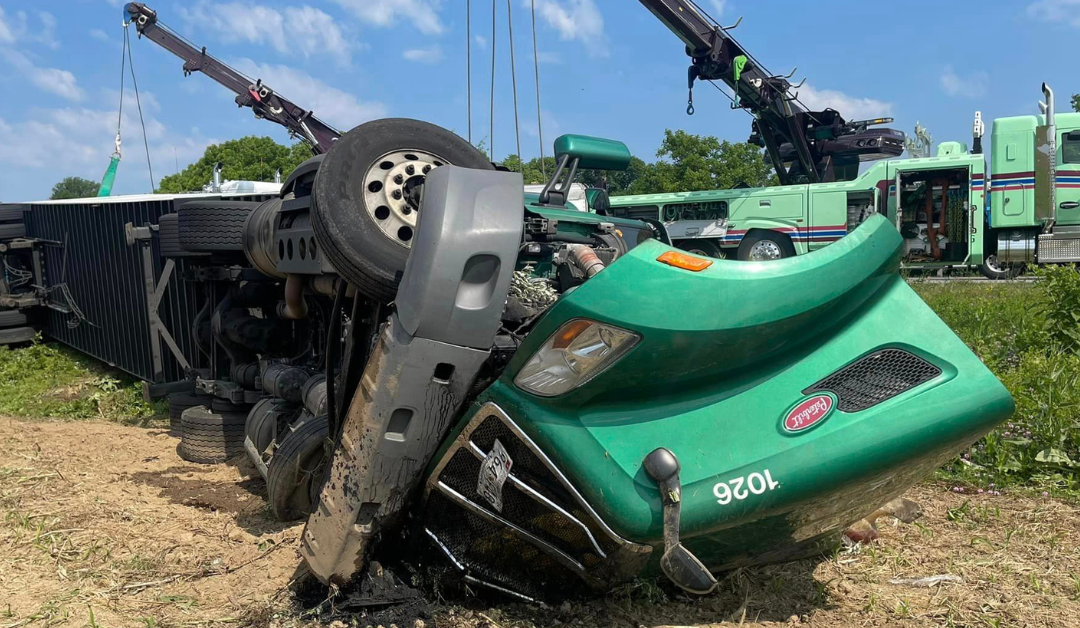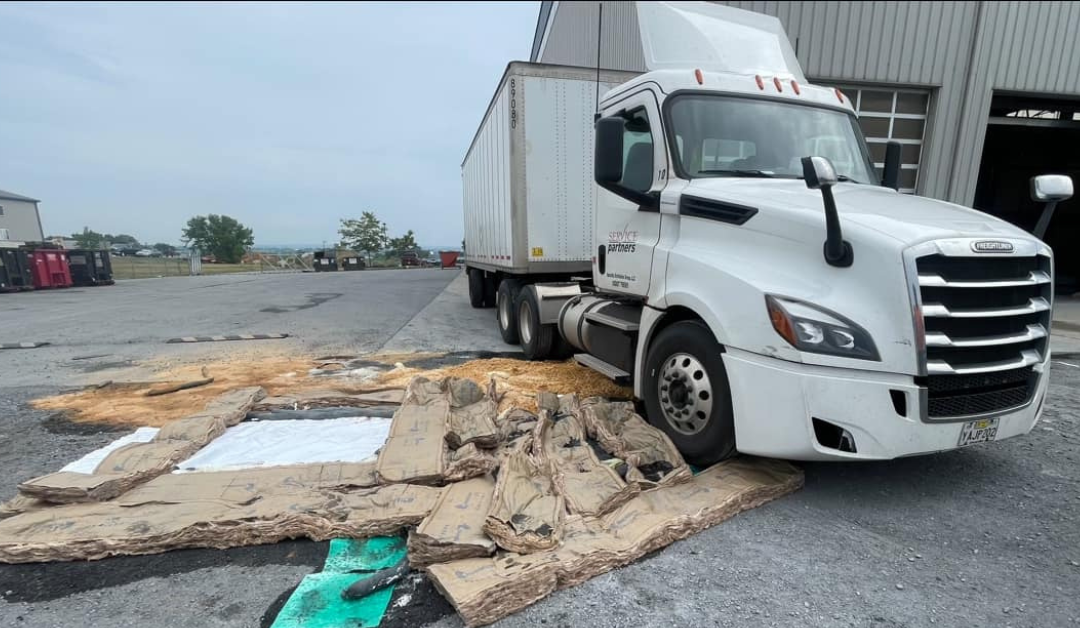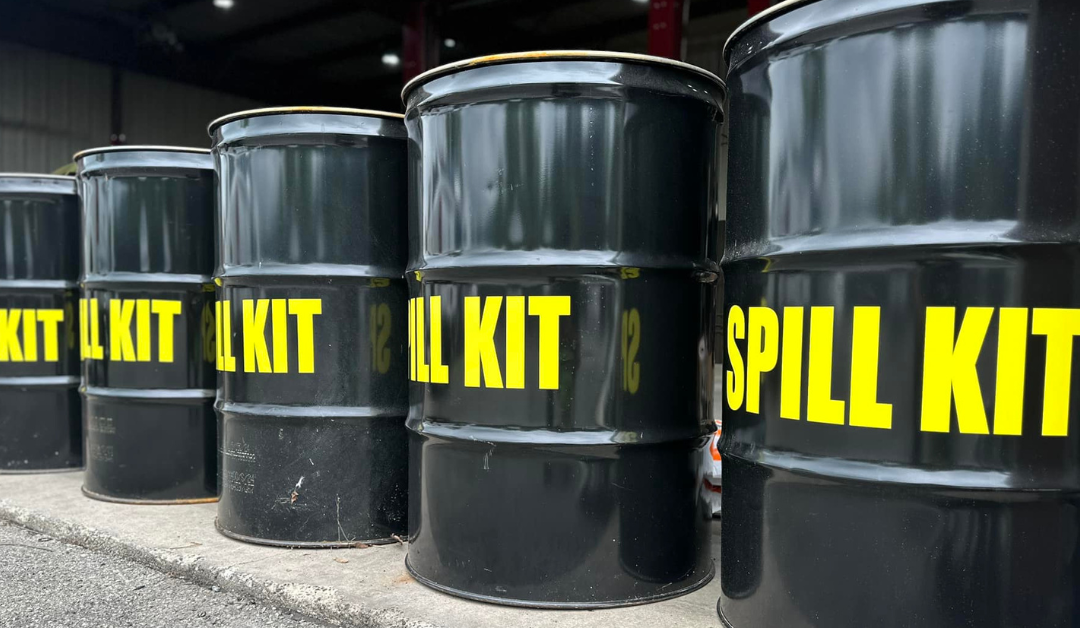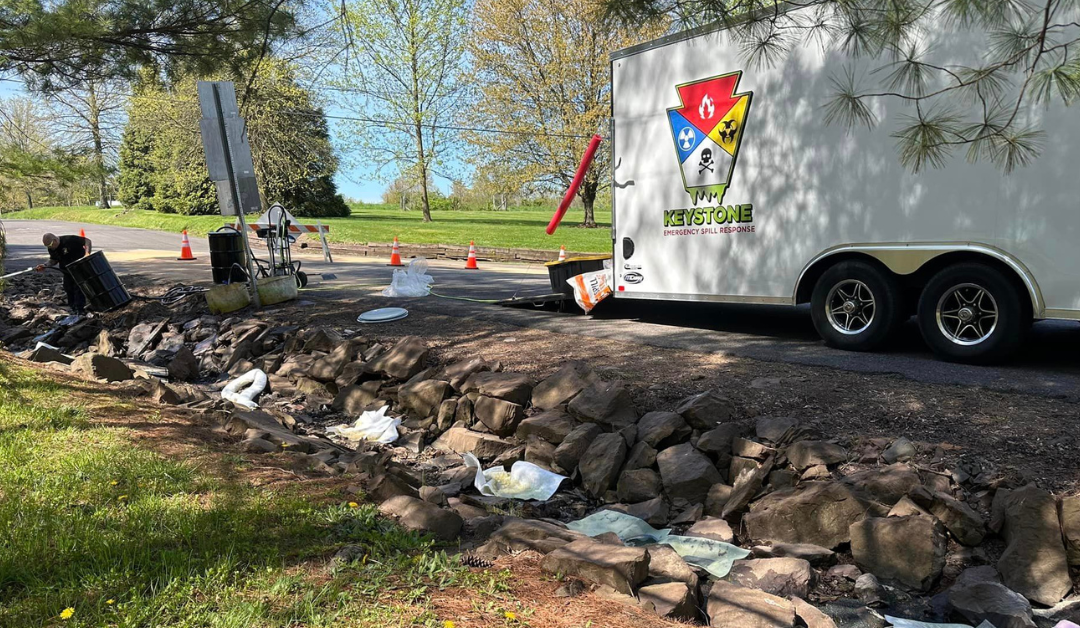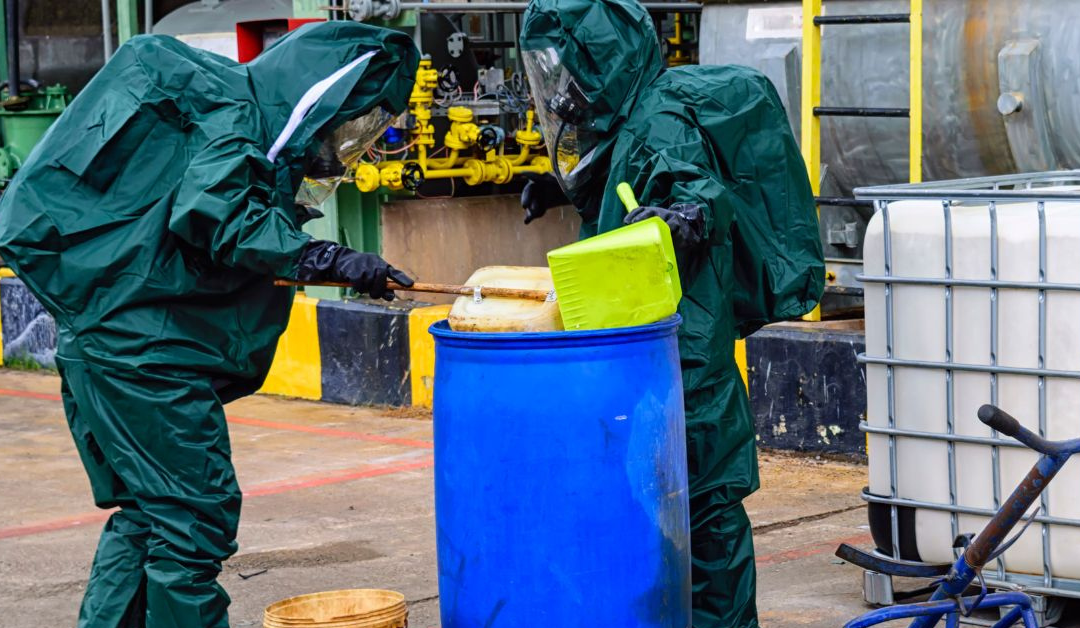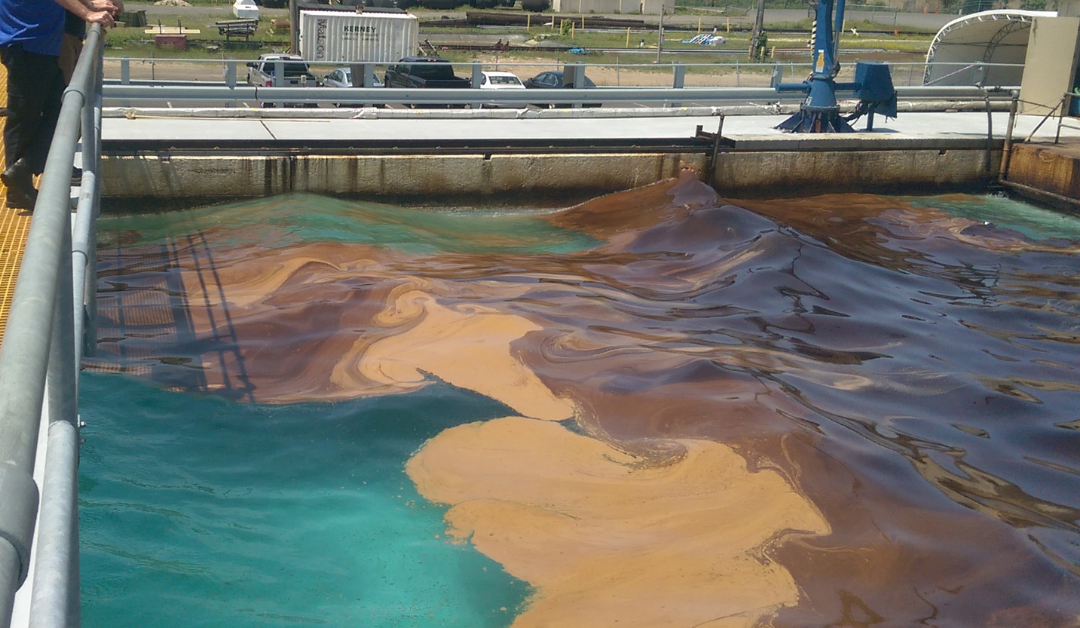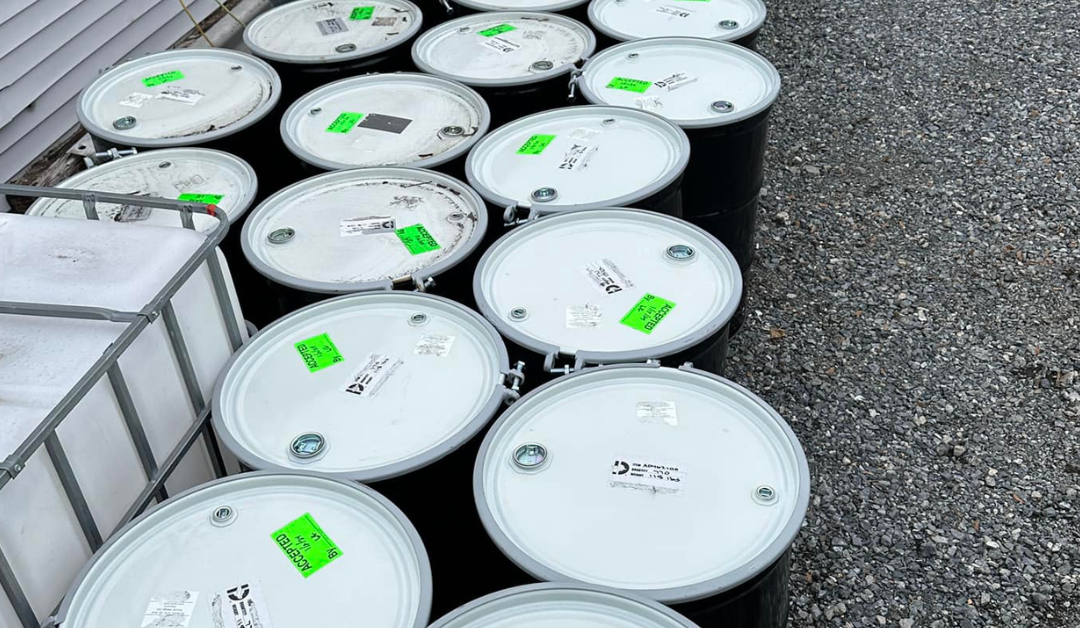Hazardous materials are substances that can pose serious risks to human health, safety, and the environment. It is a common substance found in many workplaces, ranging from an industrial facility to a laboratory and office building. Understanding how to handle and store hazardous materials and how to respond to incidents provides the safest work environment, helping to protect employees, property, and the community.
It is very important to recognize hazardous materials in the workplace for several reasons. First, it allows employees to take appropriate precautions when working with or around these substances. Second, proper identification makes sure that materials are stored and handled correctly, reducing the risk of accidents or spills. Finally, knowing what hazardous materials are present will allow a quick and effective response in case of an emergency.
Proper Handling of Hazardous Materials in the Workplace
When it comes to handling hazardous materials, the paramount recommendation is adherence to established safety protocols. Employees are encouraged to put on required personal protective equipment when working with such substances. These are gloves, goggles, respirators, or protection clothes-minimizing specific hazard involvement.
Proper labeling of dangerous materials is another crucial aspect of safety handling. Every container should display a label that includes the name of the substance, its hazard class, and any other relevant warnings. This ensures that handlers are informed of the potential dangers and can take the necessary precautions.
Before using any hazardous material, you must read the Safety Data Sheet (SDS). An SDS provides some very important information that describes the properties of the material, hazards, and proper handling of the material. The employee needs to be aware of this information in order to use the material safely.
Storing hazardous materials properly is just as important as handling them correctly. These substances should be kept in ventilated, dry, and cool areas, away from incompatible materials1. Proper storage helps prevent accidental spills, leaks, or reactions that could lead to dangerous situations.
Responding to Hazardous Material Spills in the Workplace
Despite best efforts, accidents can still occur. Knowing how to respond in the event of a hazardous material spill is critical for minimizing risks and preventing further injury or damage. The first response for a spill, no matter what the specific circumstances may be, is notification immediately. This provides for the proper personnel to take notification and emergency response plan activation.
Training employees in emergency procedures is necessary, including evacuation routes and the proper reporting procedure. A spill of this nature should be approached by one who avoids immediate contact or spreading of the spill. Depending on the nature and size of the spill, different absorbents or containment equipment may be necessary.
Trained personnel must wear proper PPE when handling small spills and immediately rope off the area to prevent others from entering. They should contain the spilled material and clean it up using methods and materials specified in the SDS or company procedures.
For large spills or highly hazardous substances, workers must evacuate the area and immediately call specialized hazardous materials response teams. Such professionals have the training and equipment to clean up and dispose of hazardous materials safely.
Responding to Hazardous Material Exposure in the Workplace
In the case of exposure to dangerous chemicals, speed is key in taking the right remedial action. The affected worker should remove the contaminated clothing immediately and flush the area with water continuously for at least 15 minutes. Where possible, eye-washing stations or showers should be used, especially in cases of eye or whole-body exposure.
Seek immediate medical attention after initial first aid, even if symptoms do not immediately appear. Some toxic materials can cause delayed effects, so you may need a medical examination or treatment to prevent long-term injury or illness.
Report any exposure incident to your supervisor or safety personnel to ensure proper documentation and investigation aimed at preventing a recurrence. This also may make necessary some follow-up medical monitoring reported to the employee in accordance with the hazardous material involved.
The Importance of Safely Handling Hazardous Materials
Safely handling hazardous materials in the workplace goes beyond just regulations; it’s a critical way to protect health, maintain a safe work environment, and avoid potentially disastrous incidents. Proper identification, storage, and handling of hazardous materials are pivotal in minimizing risk that leads to accidents, injuries, and environmental damages.
A comprehensive hazardous materials management program includes regular training, clear communication, and strict adherence to safety protocols. The entire organization benefits when all employees understand the risks associated with hazardous materials and know how to handle them safely.
Remember, when talking about hazardous materials, prevention is always better than treatment. Workplaces that stress the importance of safety and best practices bring about responsibility and preparedness cultures that protect both man and the environment from the probable dangers of hazardous materials.
Follow us on Facebook to stay up to date with the latest at Keystone Emergency Spill Response.

